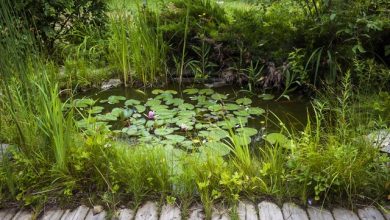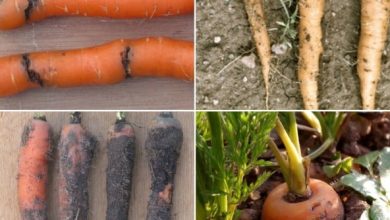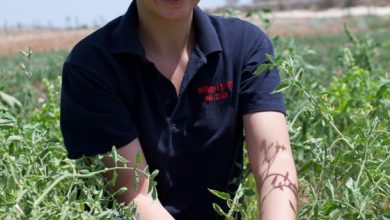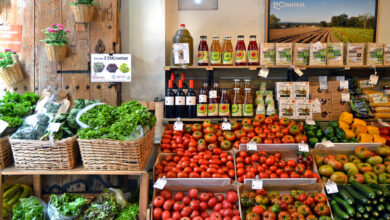What are Food Forests? How to create biodiversity
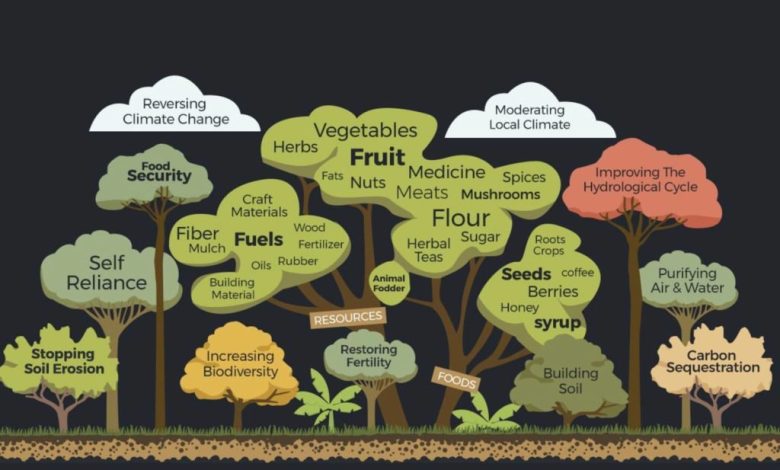
Very good to all Agrohuerters. Today I am here to tell you about a very interesting topic that was mentioned to me during the visit to the Batán orchard.Do you remember that I told you that they were going to establish an edible forest in the new plot they had? So I started to read a little bit about what these forests are, how to create them and what benefits they bring compared to other agronomic systems and I present it now in summary form for you to know.
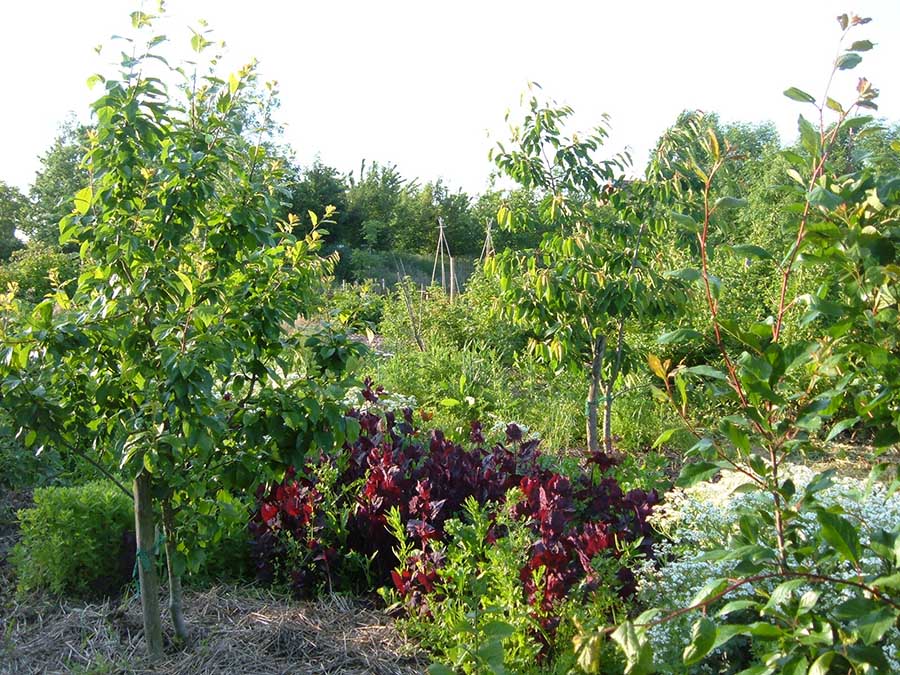
What is an edible forest?
Edible forests, also known as home gardens or multi-layer systems, is a way of making a garden but with a very special and elaborate design, the idea is to combine both fruit trees and perennial edible plants, root crops, mushrooms, animals, etc…
To create a young forest, imitate the characteristics of a natural forest, which maintains its fertility and productivity due to the synergy between the species of the system and provides the people who care for it with fruit and vegetables in quantity.
Ensuring soil fertility and good crop health is possible thanks to a high biodiversity of species. Legumes to fix nitrogen, forage crops that produce a large amount of biomass, aromatic plants that repel pests or attract beneficial insects, etc…
They are all part of the system and are combined with each other in the different areas of the forest to achieve this goal, this architecture is combined with permacultural management techniques to guarantee the recycling and reuse of all the waste that is produced, thus making the external contributions of inputs and minimal energy.
That is why I tell you that the design, the architecture of the crops, is a fundamental part since it is intended to create a new ecosystem, something very delicate that requires data collection, an appropriate conditioning of the land, etc. So that each species fulfills its role effectively within the great orchestra that is the edible forest.
What benefits does an edible forest provide?
Food forests aim to combine the benefits of traditional and modern agricultural systems.
Traditional agricultural systems require a lot of physical work during the year and modern ones require a lot of external energy in the form of inputs, machinery, chemicals, etc… These forests are designed with the aim of obtaining maximum performance with minimum maintenance, this is achieved with:
The planting of perennial, annual, shrub and fruit species: Planting this type of species saves future tillage work and sows the following years.
Total soil coverage: Covering the soil with perennial herbaceous species not only guarantees its fertility, by preventing erosion, but also prevents weeds from growing in it, thus avoiding the work of removing or preventing them.
Good design: This allows you to practically forget about pest control, irrigation, fertilization, etc. Once the ecosystem is established, it practically sustains itself.
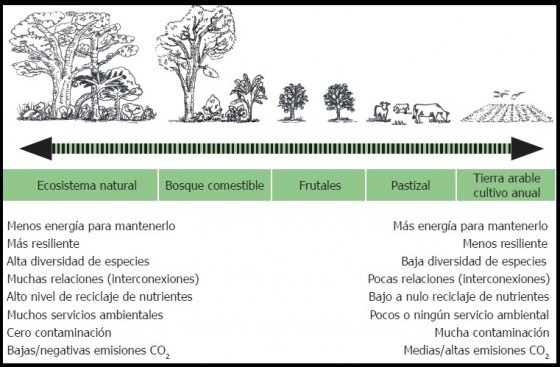
In addition, edible forests provide the following benefits (Source: Edible Forest Manual. Cooperativa Las Cañadas 2011):
- A great diversity of harvested products.
- Products with high nutritional value.
- Resilience to extreme weather situations and changes in climate.
- Biologically sustainable.
- Environmental benefits.
- Aesthetic beauty and cultivation of the human being.
- Commercial potential.
How to design an edible forest?
Well, we have been talking for a while now about that special and elaborate design that guarantees the success of these ecosystems, well, this design is focused on taking advantage of sunlight, a limiting factor within a forest since the treetops shade the soil preventing the plants in the lower stratum from receiving all the energy from the sun, for this reason in forests there are normally no large plants or crops in the lower stratum and for this reason the key to this design is cultivation by layers or strata and a correct planting density (among others) to ensure that light reaches all crops effectively.
A strata cropping system could be organized as follows:

Layer -1. Species under the ground. Root crops, bulbs, tubers etc.
Layer 0. Vines and climbing plants. Species that climb the trunks of the trees such as the vine or the hops.
Layer 1. Cover and creeping plants. Species that cover the soil well to avoid weeding, grasses, etc.
Layer 2. Herbs and perennial plants (up to 2 m). Legumes, Solanaceae etc.
Layer 3. Shrubs (Up to 4 m).
Layer 4. Small trees or large bushes (4 – 10 m).
Layer 5. Medium and tall trees (More than 10 m).
As you can see, it is complicated to organize all this so that it works and is maintained over time, which is why a large amount of data is required to make the design as efficient as possible and for each species to be located in the place where it best interacts with the others.
Finally, let me tell you that there are edible forests both in small spaces (9 x 15 m) and in entire hectares, which can be established in both urban and rural environments and which take approximately 4 years to start producing (depending on the state of your trees). so you have to take it easy, but you already know that once they establish themselves as an ecosystem they won’t give you much work.
Little more, I hope I have given you a general vision of what an edible forest is and that you are encouraged to participate in one of the courses that are taught on this subject if you are interested in starting with yours or expanding your knowledge.
All the best

